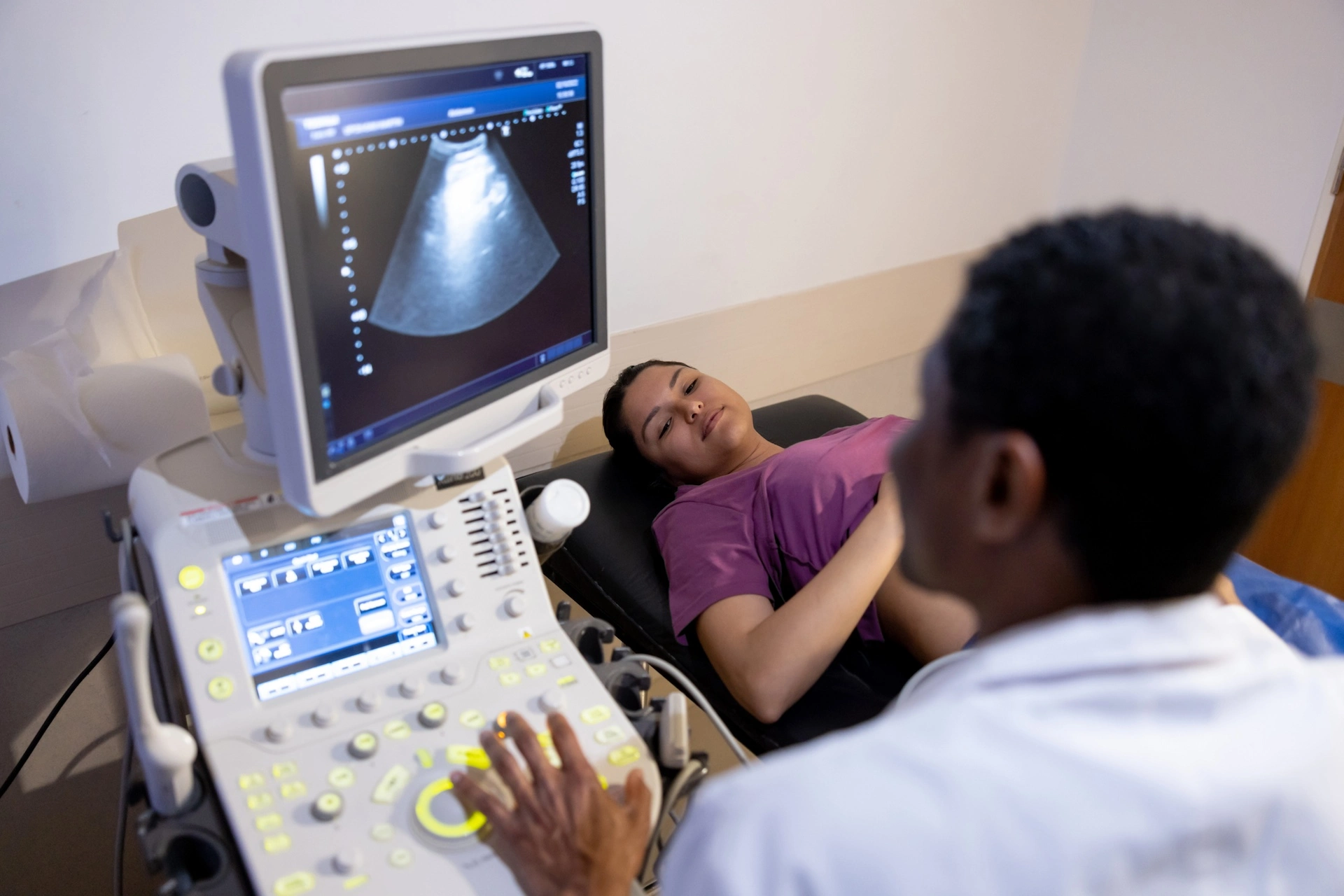Kaiser Permanente analysis of ECHO program data is largest study to date on autistic traits in children and ‘forever chemicals’
A Kaiser Permanente analysis of prenatal exposure to the persistent environmental chemicals known as PFAS found suggestive evidence of an association with autism-related traits in children for just 1 of 8 PFAS chemicals studied.

The study, published in the journal Epidemiology, found a modest increase in autism-related traits in children exposed to perfluorononanoic acid (PFNA), but no association with the other 7. The analysis included data on children at 10 sites around the U.S. that participate in the federally funded Environmental Influences of Child Health Outcomes (ECHO) program on environmental influences on child health and development.
“This is the largest study to date of these chemicals in relation to a measure of autistic traits,” said lead author Jennifer Ames, PhD, a staff scientist with the Kaiser Permanente Division of Research and ECHO investigator. “The relationship between PFAS chemicals and autism has been inconsistent in the literature. Our study suggests the relationship at the broad population level is not very strong, but additional research is necessary to identify any potential effects in subgroups.”
Per- and polyfluoroalkyl substances (PFAS) are a group of synthetic chemicals that often persist in the environment and in the human body, and are thus known as “forever chemicals.” Some PFAS have been phased out because of health concerns but many others remain in use. They are widely used in industrial and consumer products as repellent coatings and surfactants, which are chemicals used in cleaning products. Consumers may also encounter them in certain food packaging and nonstick cookware.
This analysis relied on parental identification of autism-related traits in children using a screening survey called the Social Responsiveness Scale (SES). This allowed the researchers to detect both mild and clinical signs of autism in pre-school and school-age children, who may not have been formally evaluated for autism by a health care provider, Ames noted.
“The study did not find clear relationships between pregnancy PFAS levels and clinical autism diagnosis,” Ames said. “However, this analysis was limited by a small number of children with autism diagnoses and this relationship may be worth re-investigating when the children grow older and have had greater opportunity to receive an autism diagnosis.”

ECHO consortium data were used from 1,224 mother-child pairs, including a PFAS blood concentration measured in the mother during pregnancy and an evaluation of the SES or clinical diagnosis of autism spectrum disorder in the child.
The sample was racially and ethnically diverse and included 9 cohorts drawn from the general population and 1 group drawn from families with increased familial likelihood of autism. Most of the children were born between 2011 and 2018.
Many questions remain about the potential influences of these chemicals on child development, Ames said. “There could be some groups of children that are more sensitive to prenatal PFAS exposure, so the health impacts of these chemicals are certainly worthy of more study,” she said. “Also, autism is just one dimension of neurodevelopment. How these widespread environmental exposures impact other, potentially more sensitive domains of neurodevelopment continue to be important questions.”
Co-author Lisa Croen, PhD, co-principal investigator of the ECHO study site at the Division of Research, cited the importance of the ECHO program’s large, diverse group of participating mothers and children. “These detailed health data from multiple sites across the country are invaluable resources in our continuing work to explore environmental chemicals and health,” Croen said.
ECHO is a nationwide research program supported by the National Institutes of Health (NIH) and launched in 2016. ECHO investigators study the effects of a broad range of early environmental influences on child health and development.
The study was funded by ECHO, the National Institutes of Health, and the National Institute of Environmental Health Sciences.
Additional co-authors included senior author Ghassan B. Hamra of Johns Hopkins University; and Lyndsay Avalos, PhD, MPH, Assiamira Ferrara, MD, PhD, Monique Hedderson, PhD, and Yeyi Zhu, PhD, of the Division of Research. Additional researchers are listed in the study.
# # #
About the Kaiser Permanente Division of Research
The Kaiser Permanente Division of Research conducts, publishes and disseminates epidemiologic and health services research to improve the health and medical care of Kaiser Permanente members and society at large. It seeks to understand the determinants of illness and well-being, and to improve the quality and cost-effectiveness of health care. Currently, DOR’s 600-plus staff is working on more than 450 epidemiological and health services research projects. For more information, visit divisionofresearch.kaiserpermanente.org or follow us @KPDOR.





This Post Has 0 Comments